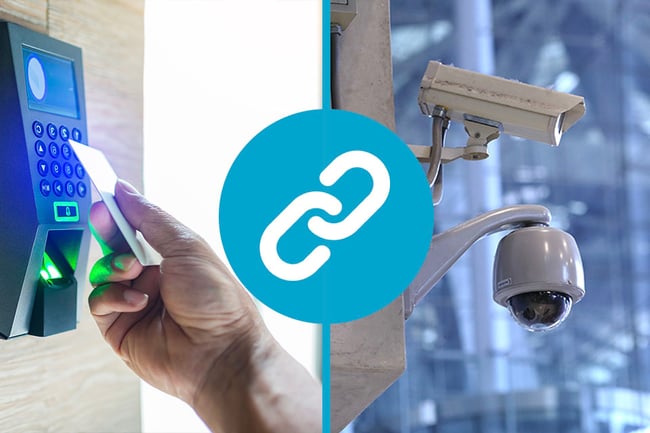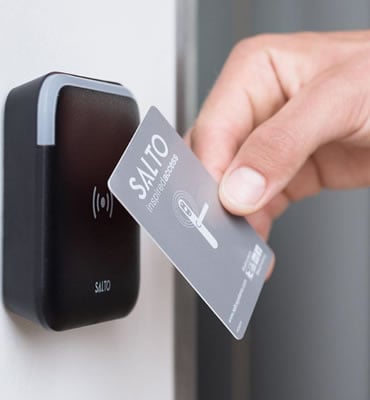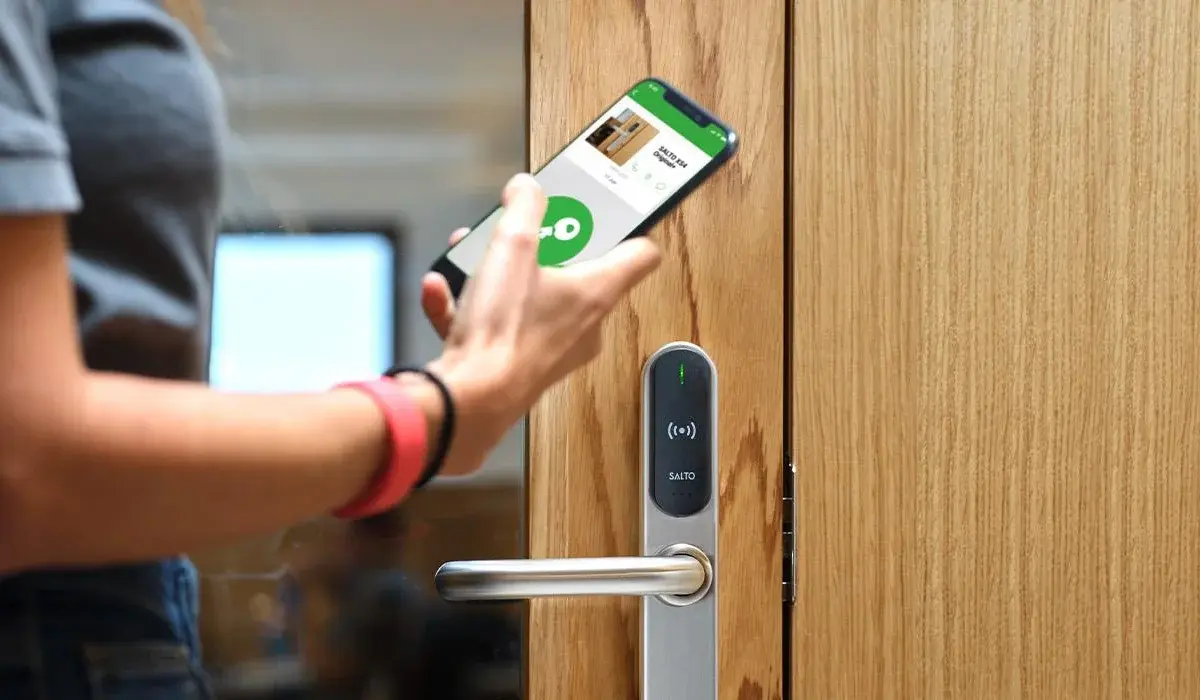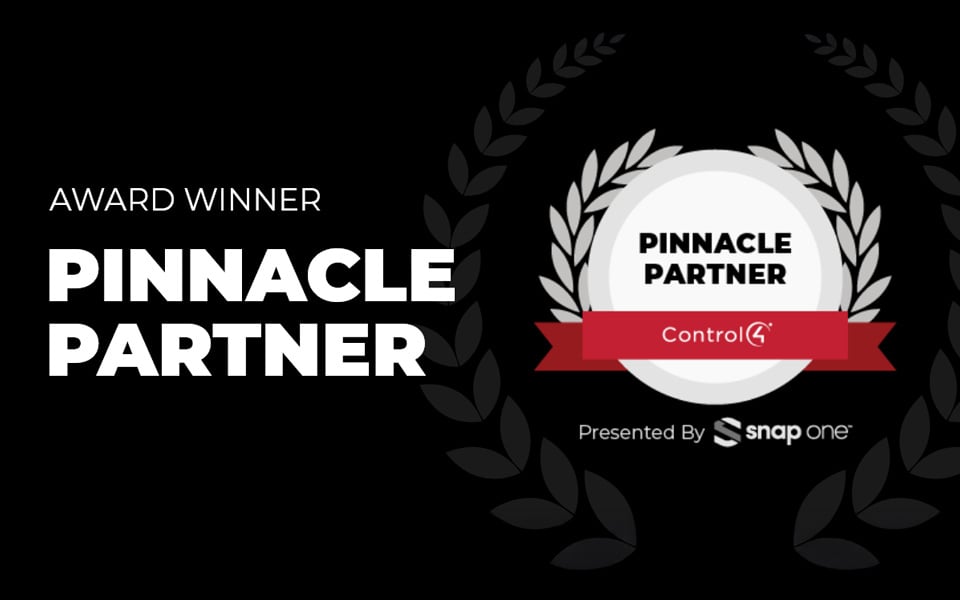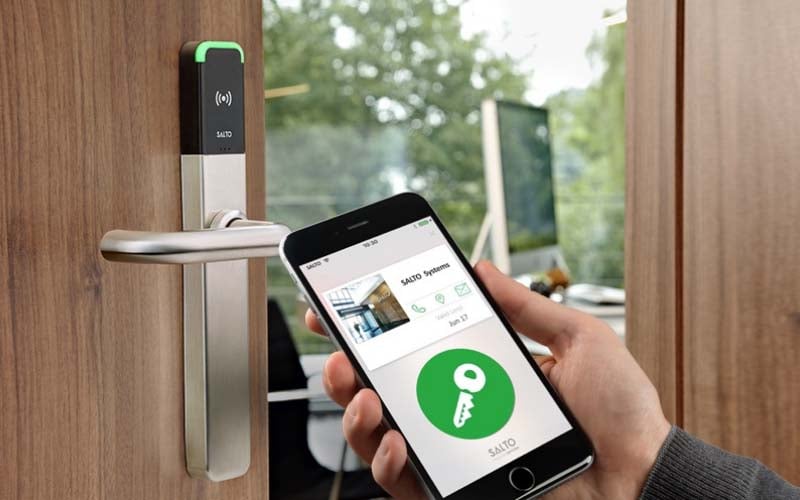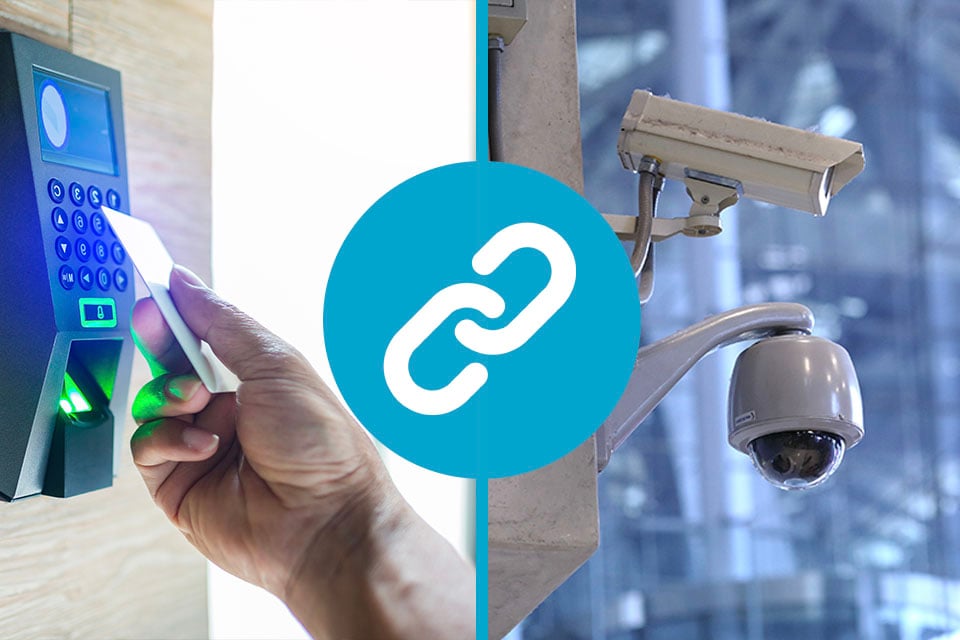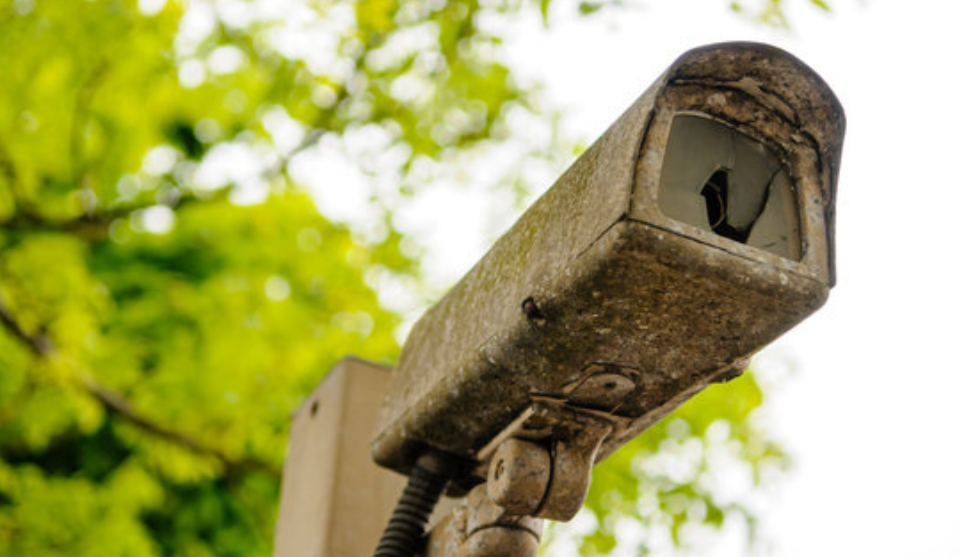Thinking of installing access control in your business? Good move!
There are very few businesses that don’t benefit from having a great access control system. Access control has become one of the most important commercial security solutions on the market - and for good reason.
Approximately 606,282 crimes are committed against businesses each year according to the National Business Crime Centre, with an average of 69.2 crimes affecting business every hour.
Jump To
- How Does an Access Control System Work?
- How Can Access Control Be Implemented?
- What Access Control System Do I Need?
- Do I Need To Integrate My Access Control System?
- Choosing a Trusted Access Control Installer
- Installing an Access Control System
- Setting Up Access Credentials
- Maintaining an Access Control System
- What Are the Risks of Access Control Systems?
- Final Thoughts

How Does an Access Control System Work?
An access control system works by preventing people without a “credential” from accessing an area. This can be at particular times of day, or 24/7. A credential is an identifier used to access an area by interacting with the access control system. In older systems this can be a code, key fob or access card, but newer systems use biometrics like fingerprints or facial recognition.
In 2023, there's really no excuse for installing outdated physical access control tech. We've come a long way since the days of keypads and receptionist sign-in sheets. Outdated technology can open your premises up to all manner of risks, ranging from cybersecurity threats such as hacking to physical damage that can render your system useless. Remember, career criminals know what to look out for.
But with a wide range of moving parts and potentially hundreds of users touching exit buttons or scanning readers on a daily basis, there's lots that can go wrong with access control. With over 30 years' experience maintaining security systems, we’ve repaired our fair share of DIY-disasters and dodgy third-party set-ups - read on for the essentials you need to know.
How Can Access Control Be Implemented?
The six key steps to implement access control are:
- Work out what system best suits your needs.
- Consider whether you want to integrate your access control with your other smart systems like CCTV and fire safety.
- Choose a trusted installer.
- Install the system.
- Set up your credentials.
- Find a maintenance provider.
Questions To Ask Yourself
Every business will have its own reason for installing an access control system. But, with a variety of options available on the market, finding the right one can be a challenge.
When researching the right system for you, you need to assess your current situation and what you want to achieve. There’s no one-size-fits-all when it comes to access control. As a starting point before contacting an installer, ask yourself:
- How many doors are you looking to secure?
- Do you want a PC-based system so you can download audit trails and add and remove users from a single location? The alternative is walking the building to amend codes or delete fobs.
- Do you want to know how many people are in the building for Roll Call?
- What are you trying to protect?
- Do you want to integrate with other systems?
- Have you considered using mobile phones for access control credentials?
- Do you want to integrate visitor management into the system to allow visitors to navigate the building more easily?
- Would you like the convenience and added security of using fingerprints or faces as access control credentials?
What Access Control System Do I Need?
Key Cards & Fobs
Key cards and fobs are used in businesses across the country. But while these are affordable and easy-to-use, they just aren't as secure as modern alternatives. That’s not to say key cards are useless. For smaller businesses without expensive stock or valuable data, they can be a reliable and cost-effective option. You’ll also be able to introduce two-factor authentication with a keycard or fob, essentially making it one step harder for trespassers to breach entrances without triggering an alarm.
But creating access control cards or fobs for each user comes with an expensive up-front cost for major employers. If you are in this category, it’s worth looking at a more modern and cheaper alternative.

Biometric Access Credentials
Using biometric technology from brands like Paxton removes the need for physical credentials. Biometric data includes fingerprints, facial scanning and even DNA testing. All of these have become increasingly popular in the modern business world.
Biometric technology has grown rapidly since 2018, outpacing all other security technologies in growth by 35.1%. This is because biometrics are much more secure than older forms of credentials. They cannot be lost and are much harder to clone than a key fob or access card. So, biometric access control guarantees each credential grants access to one person only.

Mobile Access Credentials
Another alternative is mobile credentials. These are a smart investment for most workplaces, no matter the size. Controlled with secure smartphone apps on registered devices, these are incredibly convenient. This gives employees and approved occupants access to the building with the touch of a button.
Plus, thanks to biometric control on most devices, you wouldn't just need someone’s phone to access the building illegally. You’d need their credentials to get into the phone first - essentially two-factor authentication. This set up makes mobile credentials a highly secure approach to access control.

Do I Need to Integrate My Access Control System?
When access control is integrated with other security systems, you can build a network that works together to keep the building safe, rather than a collection of independent technologies.
For example, by pairing access control with fire alarms, doors and gates can respond rapidly in a fire, allowing staff to quickly evacuate the building.
Another option is integration with smart CCTV cameras that can proactively monitor security threats at all times. Plus, you can enable automated video verification, where AI will visually identify a person before they are granted access. Avigilon cameras come with pre-installed visual verification software. This cross-references a user’s profile image with CCTV images, granting them access without constant monitoring.
.webp?width=960&height=440&name=Access%20Control%20Verkada%20(1).webp)
Smart CCTV integration also prevents one big access control weakness: tailgating. Verkada cameras have built-in anti-tailgating technology, designed to flag unusual entrances. CCTV integration also makes it easier to identify stolen cards and catch trespassers.
Choosing a Trusted Access Control Installer
There’s a lot that can go wrong with access control installation. Without understanding the technology you’re working with, installation can present all kinds of risks. Get it right the first time by finding an excellent access control installer.
Typically, a professional will take care of the entire process from start to finish. Access control experts like Chris Lewis Fire and Security will find the ideal solution for your business, helping you understand everything from integration to setting-up credentials.
We work closely with industry-leading access control technology brands and have earned the following credentials within our ranks:
- SALTO Inspired Access Business Partner
- Gold Rated Paxton Installer
- Avigilon Authorised Partner
- Verkada Authorised Reseller
- Genetec Certified Partner
Top Tip: for an assured installation provider, look for the NSI Gold Accreditation on their website. This is proof that the provider is capable of installing, maintaining and servicing your access control system.

Installing an Access Control System
Once you’ve chosen a professional installer to set up your system, it’s time to start installing. By this point, any worthwhile engineer would have discussed your needs, visited your site and sourced the hardware to manage access.
But let’s cut to the chase. We know what you’re thinking: how long will this take? Usually, access control installations are a quick process and shouldn’t be a nuisance to your staff. But this can depend on the level of access control you choose, and the number of entry points your building has.
For example, some locking hardware can turn an install from a three to four hour job into a two day one. It will depend on how much work the existing door hardware needs.
It’ll also help to have a power supply and network point for each access point, which will save you calling out an electrician or cabling specialist beforehand.
At Chris Lewis Group, we can install power supplies as part of the access control installation, making it even easier to bring your system together without too much disruption.
Setting Up Access Credentials
Once your system is installed, you can set up credentials for each of your employees and occupants. For most systems this is simple. With a user-friendly app or software, you can add, edit and assign users without too much in-depth knowledge.
Systems that use mobile credentials are especially easy-to-use. With this tech there’s no need to print key cards or issue RFID fobs, which can cost a lot of time and money.
For mobile access control, all it takes is sending a user's credential to their device. Then they can download an app and register for immediate user access. This can be useful for businesses with a lot of employees as there's no need to register everyone's fingerprint or face ID.

Maintaining an Access Control System
So you’ve just installed your brand new access control system, job done! Well, not quite. Installing is only one side of the equation. You’ll also need a reliable maintenance provider to keep your system running at full-speed.
With a range of moving parts and hundreds of users passing through on the daily, regular maintenance is the only way to make sure your new access control technology is meeting its full potential and keeping your staff protected.
For best practice, ensure all elements of your access control technology are inspected, adjusted and upgraded if necessary - from hardware to software. This will ensure your occupants and assets are safe 24/7, around the clock.
What Are the Risks of Access Control Systems?
Access control systems in general have no particular downsides. However, far too often, business leaders pay the price for choosing access control systems that don’t meet their needs.
Here are the five most common mistakes business owners make when selecting, installing and maintaining their technology:
Installing outdated technology
Though they might seem cost-effective at first, older systems are more expensive to maintain and more at risk from to cybersecurity threats. Parts for legacy models become harder to source when they need replacing, and with systems that are already dated, firmware upgrades only get more infrequent. They may even stop entirely. In the long run this system will likely cost you much more, either from maintenance costs or criminal activity the system could not prevent.
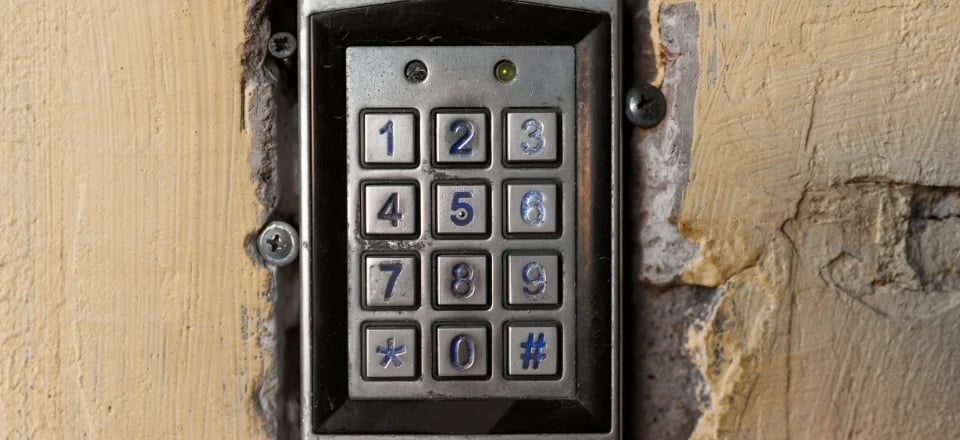
Failing to maintain hardware and software
Your top-of-the-line access control system means nothing if trespassers can still exploit weak doors, locks, hinges, or strikes to access your building undetected.
Similarly, If you let your software become out-of-date, it will become more vulnerable to cybersecurity threats.
Choosing the wrong system
If your company holds expensive stock or valuable data, you should be using the best access control technology available. Keycards can be stolen or cloned, allowing unauthorised individuals access to your premises.
As we mentioned earlier, key cards and fobs are also expensive if your business has lots of employees. It’s far better to use a modern option like biometrics or mobile authentication, which will be cheaper overall, even if the cost up front is more.
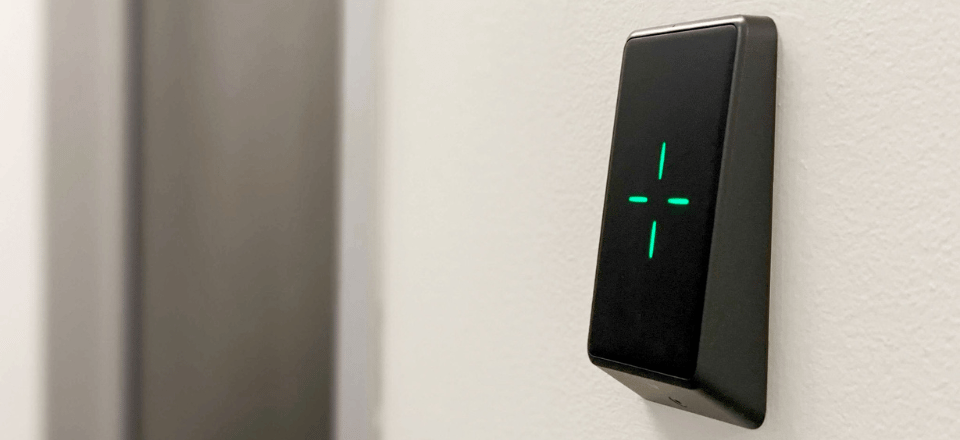
Taking shortcuts
Shortcuts can completely undermine how effective your access control system is. The shortcuts we have seen businesses take include:
-
-
- Allowing too much access to the database
- Failing to remove former employees' credentials
- Users sharing credentials
- Sending users credentials by text or emails
- Not setting up a system to detect tailgating
-
DIY installations & untrusted installers
It’s not worth compromising the quality of your tech with an unqualified tradesperson or DIY job. There is always scope for things to go wrong when installing such a complicated system, but a professional access control system installer will be able to maximise how effective your system is, as well as being able to recommend tech that best suits your needs and your site.
Final Thoughts
It’s never too early to think about access control for your business. In fact, being proactive and working in real time is the key to ensuring the safety of your premises and the people inside.
A trusted access control expert will ensure the install process is as painless as possible, setting up access control rules while keeping the wheels of your business in motion.
At Chris Lewis Group, we have over 30 years experience in the fire and security game. As an NSI Gold Installer, our access control experts specialise in commercial access control installations and are perfectly placed to recommend, install and integrate your new tech.
Discuss your access control needs:
Submit the form below and we will get back to you very shortly.

Luke Lewis-Rippington
Related Posts
OSDP vs. Wiegand: Why Your Access Control System is Stuck in the 1980s
Alright, let’s talk access control—the tech that determines whether you walk through the door like a VIP or get stopped like an imposter in a bad heist movie.
4 Access Control Trends for 2025
Access control has come a long way from receptionists and sign-in sheets. New access control technology, bolstered by Internet of Things (IoT) technology, is bringing higher levels of security than.
CCTV & Access Control: Everything You Need to Know
Technology is constantly advancing, and businesses constantly have to rethink their security strategies to counter the latest changes. This is especially true when it comes to CCTV and access.



